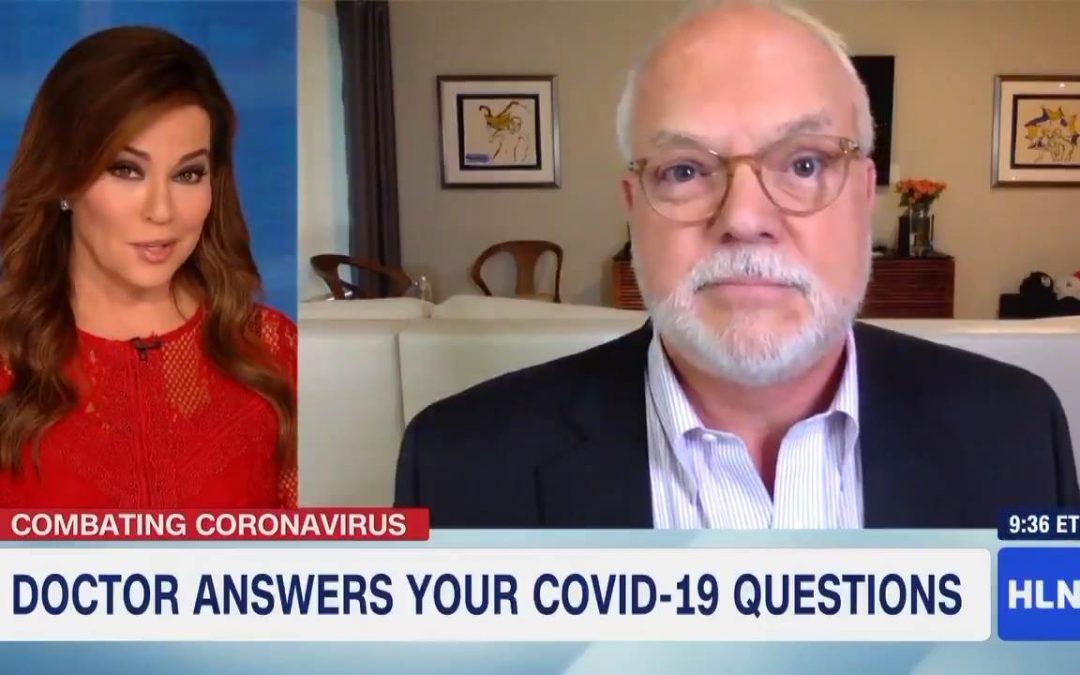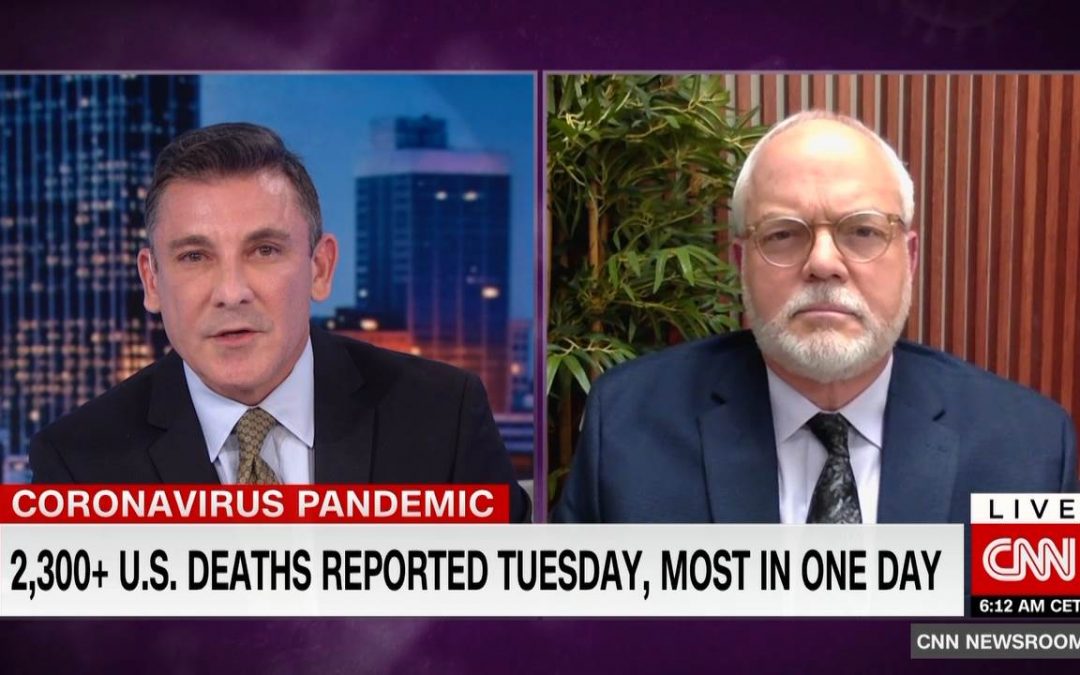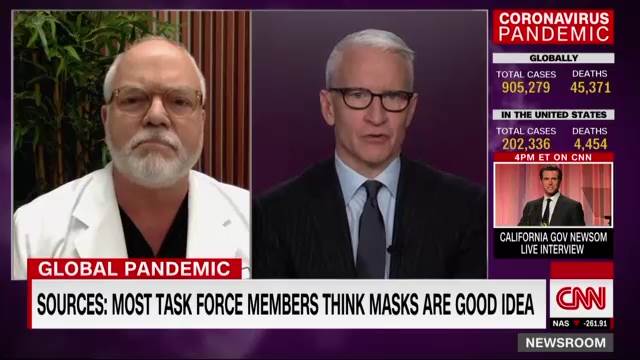
by Jorge Rodriguez | Mar 29, 2020 | Corona, Covid, COVID19, Quarantine
The Tally
 Honestly, I am not sure which blogging day this. I will try to keep closer tabs. They seem to be blending into one. Friends are coming down with the virus. Patients are being diagnosed at my office. But regardless… we are at a place where the number of world-wide cases has passed 600,000. The number of cases in the U.S. approximately number 125,000 and the number of deaths doubled in just one day, surpassing 2000. And in all the uncertainty, one thing is clear, we are under-counting. To make things worse, people at the building where I live had a very loud party until midnight. Undoubtedly with friends that came to visit. I don’t want to write down what the worse part of my nature was thinking. But people… do you have to learn a lesson before you take this seriously?
Honestly, I am not sure which blogging day this. I will try to keep closer tabs. They seem to be blending into one. Friends are coming down with the virus. Patients are being diagnosed at my office. But regardless… we are at a place where the number of world-wide cases has passed 600,000. The number of cases in the U.S. approximately number 125,000 and the number of deaths doubled in just one day, surpassing 2000. And in all the uncertainty, one thing is clear, we are under-counting. To make things worse, people at the building where I live had a very loud party until midnight. Undoubtedly with friends that came to visit. I don’t want to write down what the worse part of my nature was thinking. But people… do you have to learn a lesson before you take this seriously?
The Scientific Method
 The internet age has many advantages, also many disadvantages. One of them is that information may be disseminated too quickly. In research, we call unproven details, anecdotal information. The word anecdote means it is one person’s story. So nowadays when someone thinks that ibuprofen worsens a COVID infection they can write about it on the internet. Or when they see some possible correlation between hydroxychloroquine and azithromycin and improvement of COVID, the anecdote circles the world in a few seconds. People that are scared. People that are desperate cling to this information as if were factual. It is not. Ask that poor man who took a fish tank chlorine derivative thinking it would help prevent COVID. He is now dead. I must say, that I feel partially responsible. Being a pseudo “TV Doctor” has caused me at times to report on the sensational, not the factual.
The internet age has many advantages, also many disadvantages. One of them is that information may be disseminated too quickly. In research, we call unproven details, anecdotal information. The word anecdote means it is one person’s story. So nowadays when someone thinks that ibuprofen worsens a COVID infection they can write about it on the internet. Or when they see some possible correlation between hydroxychloroquine and azithromycin and improvement of COVID, the anecdote circles the world in a few seconds. People that are scared. People that are desperate cling to this information as if were factual. It is not. Ask that poor man who took a fish tank chlorine derivative thinking it would help prevent COVID. He is now dead. I must say, that I feel partially responsible. Being a pseudo “TV Doctor” has caused me at times to report on the sensational, not the factual.
Before something should be reported as medical fact it needs to be reproduced. It needs to be compared against a control group that is not receiving any treatment. Plus, nobody should know what any group is receiving. Ideally it is called a double-blind placebo-controlled study. Let’s take the information that came from France that showed hydroxychloroquine and azithromycin marked decreased the amount of SARS-CoV-2. Looks impressive at first glance. But is it true? Did this very small anecdotal report of twenty patients have value? It might. But how do we know that the group that received the two medications were not healthier to begin with when compared to the other groups? How do we know that the dosages were completely absorbed the same? How do we know that the group that improved would not have improved regardless? Now, don’t get me wrong, this combination of medications MAY prove to be valuable. But first it needs to be proven scientifically beyond what might be happening in chance. I remember during the HIV pandemic, AZT was offered to the sickest people as compassionate use. Though the reason was noble, to this day the same people that wanted the medication available ASAP, now say that the early release cause needless deaths. You can’t have it both ways.
The correct way is that all of these potential cures and theories MUST be proven as expediently as possible in a scientific manner. If not you might as well take a dead chicken, twirl it around your head, hop on one foot and swallow twelve grapes at the same time. No one has proven it will help… but you might get better anyway. So, half faith in science and the scientific method. There are thousands of dedicated people working tirelessly at this time to find treatment and or vaccines for COVID19
On the Bright Side
 As strange as it is to be sequestered I find that my relationship with friends and family are becoming stronger. I video chat all the time now. I appreciate my loved ones more. I realize how fragile and mercurial life can be a bit more. If we carry that lesson forward once this is over, it would be great thing.
As strange as it is to be sequestered I find that my relationship with friends and family are becoming stronger. I video chat all the time now. I appreciate my loved ones more. I realize how fragile and mercurial life can be a bit more. If we carry that lesson forward once this is over, it would be great thing.
#Covid19 #Corona #Pandemic #Love #Quarantine

by Jorge Rodriguez | Mar 23, 2020 | Corona, Covid, COVID19, Pandemic, Quarantine
GOING VIRAL
PHYSICAL DISTANCING
Since my last blog, five states are under “Stay at Home” orders. Here in Los Angeles it appears that most people are following the mandate. It’s good to see very few people on the road, or if they are walking keeping their distance from each other. The same can be seen in supermarkets. But, you hear stories of people meeting with multiple friends who they “know”. Or sometimes even being more cavalier. But at the end of the day, it appears that if we don’t abide by these guidelines now, it will have to lead to more Draconian measures. Forced quarantine. Martial law. Possible. So… for the love of whatever you love, please start listening. This week alone I tested five patient s with high probability of having COVID19. Two were positive. Three are pending. Yet, one of the positive ones asked me if he could go for a walk around the block (he hated being cooped up) just two minutes before I gave him the news. JEEEEEZZZZZ!!!!!!
Here is an excellent review that I stole from my friend, infectious disease expert Edwin De Jesus MD. Why improve on a great mouse trap?
From SOCIAL to PHYSICAL Distance
SARS-CoV-2 (SARS-2), the virus that causes COVID-19, spreads from person to person through respiratory droplets produced from an infected person, even if that person does not know he/she is already infected. Most transmissions occur during very close contact with an infected person or when an infected person coughs or sneezes around you. A six-feet parameter between you and others is a safe distance. That is what we mean when we use the term social distancing.
Social versus Physical distance?
You need to keep in mind that we may not have control of our household members when they are outside our home environment, and they potentially can also get infected. What we call “social distance” may need to apply in our home setting and with our coworkers, so it is time to instead call it “physical distance”. This distance includes, for example, kids playing with others in a playground, friends and visiting relatives, even anyone entering your home (ex: a service person).
Fomites?
Another way of transmission, which accounts for a significantly lower number of infections, is by contact with fomites. A fomite is any contaminated surface, material, or object that others could have infected. Your personal items, such as your cell phone and keys, can become fomites when you place them over a contaminated surface, or if you touch a contaminated surface before grabbing them. Cell phones are worse because, many times, we put them in direct contact with our face. In all these instances, the infection will occur not because the object was contaminated, but because you or someone else touched it, and then you or someone else, touched your face. This fact is why the message of “washing your hands” becomes critically important.
Pets?
 What about our dogs? Dogs cannot get the COVID-19, and because they are living creatures, we do not refer to them as “fomites” but as “vectors”. Vectors are intermediary living carriers of pathogens, in this case, contaminated droplets on their surface. If you walk the dog outside: (1) do not let anyone touch your dog, and (2) if your dog was in a potentially contaminated environment, consider giving them a quick bath. Avoid putting alcohol or chlorine solutions on your pets. Cats are much less likely to be an efficient vector for this virus, not only because they tend to avoid unfamiliar people, but they also sanitize themselves by constantly licking their fur and paws. No need to talk about other animals, and no, in the case of coronavirus, you do not have to worry about birds or insects!
What about our dogs? Dogs cannot get the COVID-19, and because they are living creatures, we do not refer to them as “fomites” but as “vectors”. Vectors are intermediary living carriers of pathogens, in this case, contaminated droplets on their surface. If you walk the dog outside: (1) do not let anyone touch your dog, and (2) if your dog was in a potentially contaminated environment, consider giving them a quick bath. Avoid putting alcohol or chlorine solutions on your pets. Cats are much less likely to be an efficient vector for this virus, not only because they tend to avoid unfamiliar people, but they also sanitize themselves by constantly licking their fur and paws. No need to talk about other animals, and no, in the case of coronavirus, you do not have to worry about birds or insects!
Cleaning versus disinfecting?
There are three ways we can get rid of the potentially infected virus that someone or something may have on them: (1) using a barrier and discarding it, (2) using a disinfectant, or (3) washing the contaminated area off.
1. Using a barrier is a material that may protect your body from getting sprayed or exposed to anything potentially contaminated around you. These barriers may range from our clothing to other more sophisticated personal protective equipment, or PPE, such as gloves, face masks, eye shields, disposable gowns, etc.
Sometimes when misused, face masks can be detrimental and provide a false sense of protection. Currently, there is a shortage of PPE much needed for our medical staff. Please, if you stocked up with these PPE, offer them to a local hospital for the protection of the medical team that will assist the needed ones.
2. Disinfectants have the function of sanitizing or eliminating a significant proportion of infected particles, but we are unlikely to remove them all. The small amounts that may remain behind are unlikely sufficient to cause an infection. Sterilization, on the other hand, is killing all potential particles in fomites. That requires a more invasive technique, and it is not needed in our home or outside a medical setting.
Disinfectants come in different forms, from light exposure, such as direct sunlight, sprays, and other topical solutions. Fomites are less likely to be as infectious, the longer they are exposed to direct sunlight. Sunlight does not appear to be a practical way otherwise to prevent infection among humans.
Qualified sanitizers, which impair the ability of this virus to become infectious, usually are available solutions mostly with alcohol, chlorine, and other antibacterial and antiviral products. For direct contact on our skin, we should use approved safe sanitizers, which usually consist of 60% to 70% alcohol mixed with several ingredients that make it suitable to apply on our skin and to evaporate quickly. If you use a sanitizer on your hands, do not wipe it off with a dry cloth or paper towel. Instead, allow it to dry by itself.
 Sanitizers are available in spray forms, which are especially helpful to decontaminate surfaces or fomites. A commercially available brand is Lysol spray, which contains a combination of alcohol and ammonia. There are also a variety of disinfecting wipes, but not all of them are effective! A popular brand is Clorox wipes which, as opposed to its name, do not contain bleach, but rather ammonium and alcohol.
Sanitizers are available in spray forms, which are especially helpful to decontaminate surfaces or fomites. A commercially available brand is Lysol spray, which contains a combination of alcohol and ammonia. There are also a variety of disinfecting wipes, but not all of them are effective! A popular brand is Clorox wipes which, as opposed to its name, do not contain bleach, but rather ammonium and alcohol.
Disinfectant with bleach or ammonium is usually not used on living surfaces. In fact, if we have those ingredients, we should avoid not mixing them. Individually, they can be used on most surfaces, not on our hands or pets! Spray the potentially contaminated surface and, if possible, do not wipe it immediately, waiting at least a minute or so. The more time the sanitizer is in direct contact with the surface, the better.
3. Washing or cleaning your hands and surfaces
Our hands are the most common transport to infect ourselves. When we wash our hands for 20 seconds with soap and running water we are cleaning our hands, not literally sanitizing them. Appropriately washing our hands is considered a safe way to “sanitize” them by scrubbing off infected organisms. We must dry them with a clean, unused towel, disposable paper towel, or venting them to air. In general, for living surfaces, we wash with soap and water, while we sanitize fomites. Sometimes it is prudent to do both.
What if I can’t get sanitizer?
If you are not able to get sanitizer, you can consider making your own mixing the ingredients below in a 2 – 1 – 0.5 proportion.
1. 2 units: rubbing alcohol 60% -70%, usually isopropyl alcohol
2. 1 unit: Aloe vera gel
3. ½ unit Tea tree oil or lemon juice (optional)
If you have a higher concentration of alcohol, you can dilute it using saline, or any form of clean water. (such as isopropyl alcohol which likely what most people have at home).
You could also consider substituting the isopropyl rubbing alcohol for some liquors such as high-proof vodka (although the alcohol concentration may be lower).
Adding a teaspoon vitamin E oil and/or vegetable glycerin helps keep the skin hydrated without affecting the potency of the recipe.
There are reports of other essential oils that could have an antiviral activity such as anise, bark, bergamot, cinnamon, clary, clove, dill, eucalyptus, geranium, juniper, lavender, lemongrass, melissa , neroil, rose, rosemary, sage, and thyme; but they are likely not effective when used by themselves. Warning: some people may be allergic to some of these things!
Mitigation steps?
Proper mitigation steps we can all take to prevent the acquisition of COVID-19 are, for the most part, common-sense measures:
1. Wash your hands.
2. Do not touch your face in public.
3. Disinfect the property you frequently carry (phones, keys, glasses, bags, etc.).
4. Think of your immediate surrounding space as part of you and keep it as clean as your hands.
5. Avoid greeting others with your hands or a kiss/hug.
6. Avoid directly touching public surfaces that may be potentially be contaminated with your hands.
7. When you do so, disinfect your hands (soap and water or sanitizer).
8. Exercise social distancing.
9. Increase your personal space, when possible.
10. Avoid crowds and large gatherings.
1How can I keep my home free of contamination with the virus?
1. Designate only one entrance for anyone to enter your home, ideally close to a sink.
2. Put a sign on your door that everyone must take their shoes off (or if available, to wear shoe covers) before entering, AND to wash their hands immediately after entering your house.
3. At the handwashing station, have available liquid soap and individual towels.
4. Disinfect the property you frequently carry (phones, keys, glasses, bags, etc.).
5. If you are coming from an environment potentially contaminated (in close contact with many people or a healthcare setting) consider placing a hamper near the entrance and do not proceed inside the house with contaminated clothing.
6. When going to the supermarket or to a place where you might touch to may potential “fomites”, consider using gloves. If you do not have disposable gloves, you can use regular ones, but you must sanitize them after each use.
7. Don’t forget about the risk of handling money currency. It is an excellent transport for many infectious organisms.
8. Limits trips outside the house and the travelers. Consolidate trips among various people.
9. These measures are as reasonable as their implementation from everyone in the household. It only takes one person to bring the infection home!
10. Discard any bags and wraps soon after entering the house and wash all produce!
Lastly, any person >65 years of age, especially if they have an underlying medical condition such as DM, respiratory, or cardiovascular disease should stay put, and isolated from the rest of the public. The older the age, the higher the risk! However, 20% of the US COVID-19 deaths were aged 20-64. Stay well informed, and do not lower your guard!
#Covid19 #Corona #Pandemic #Quarantine #PhysicalDistancing









